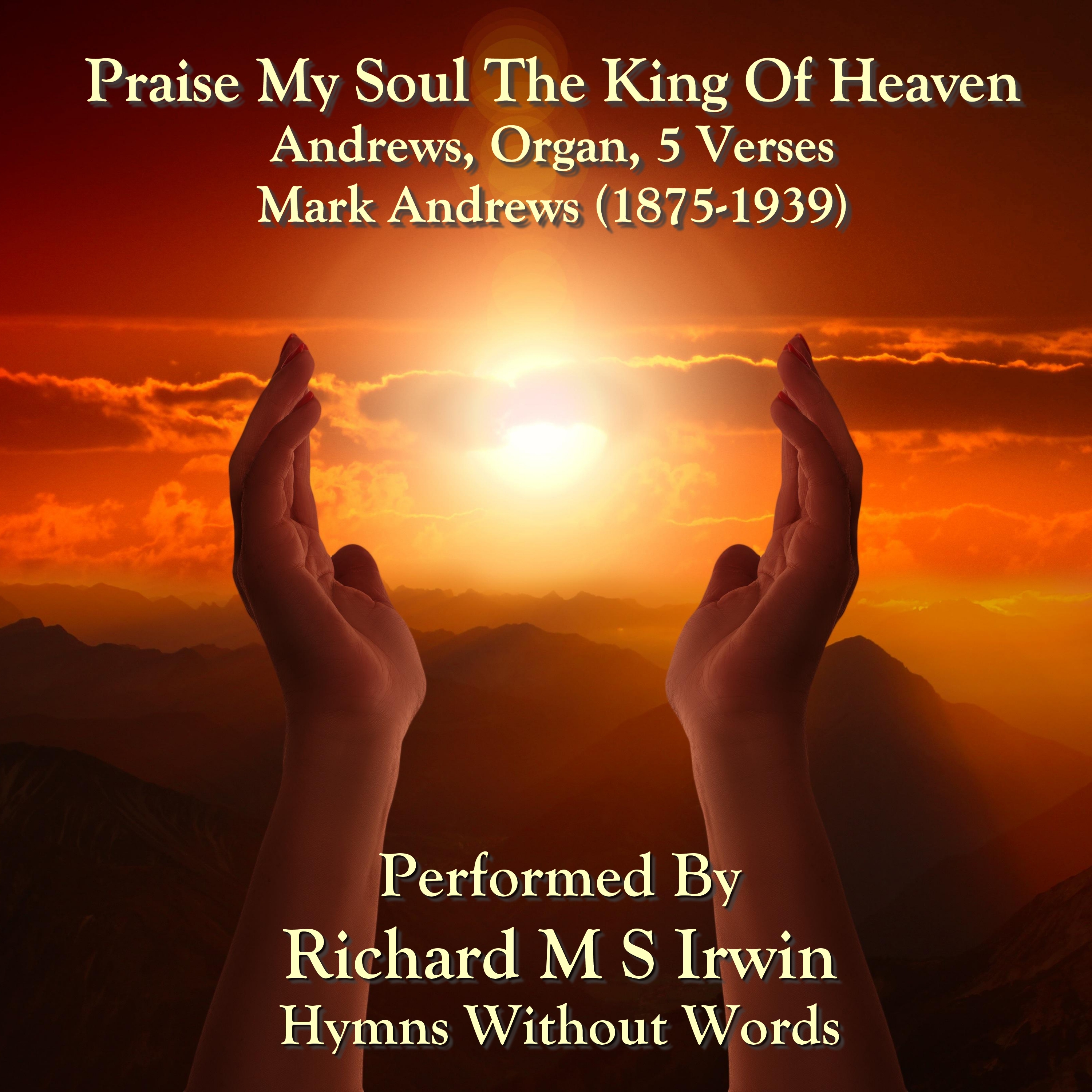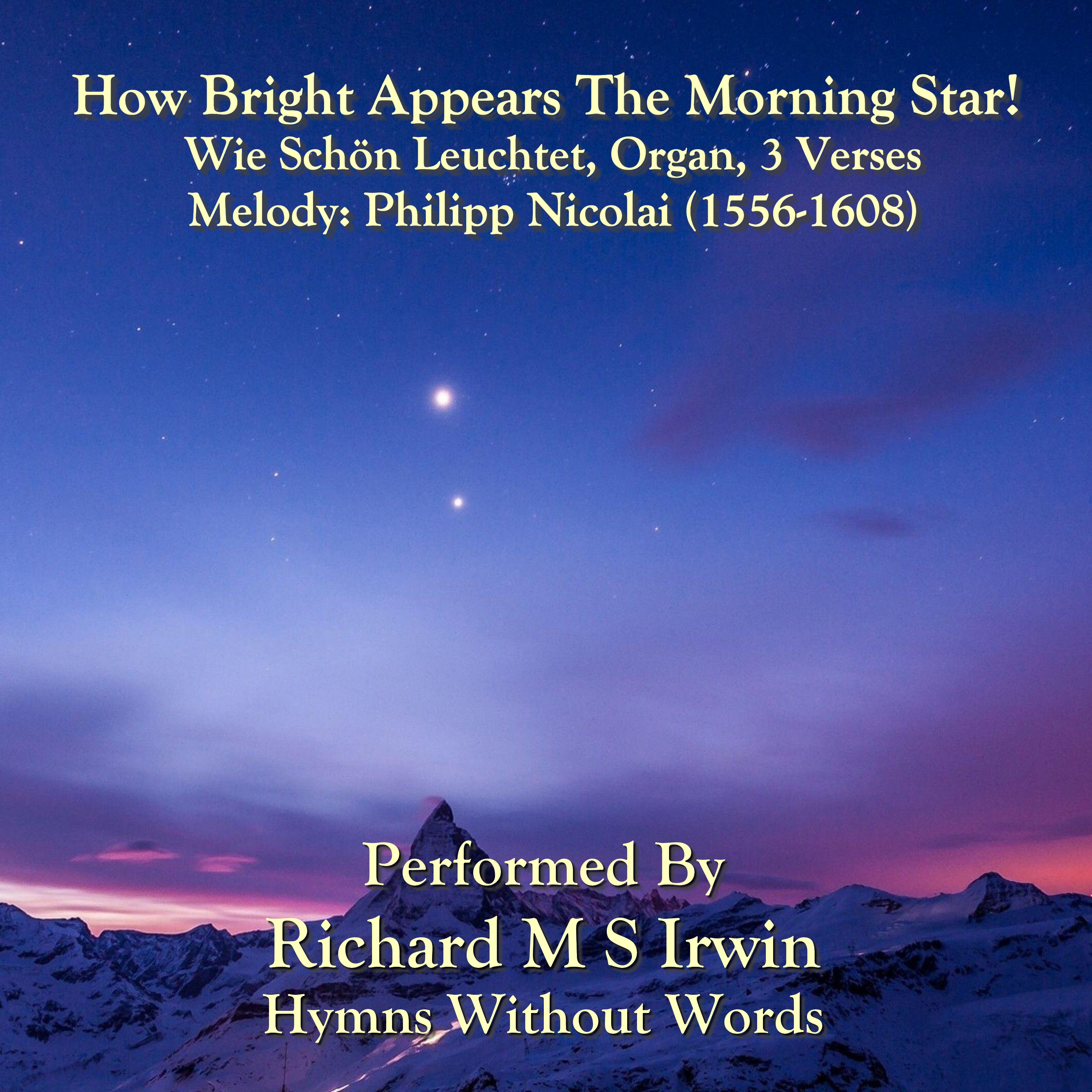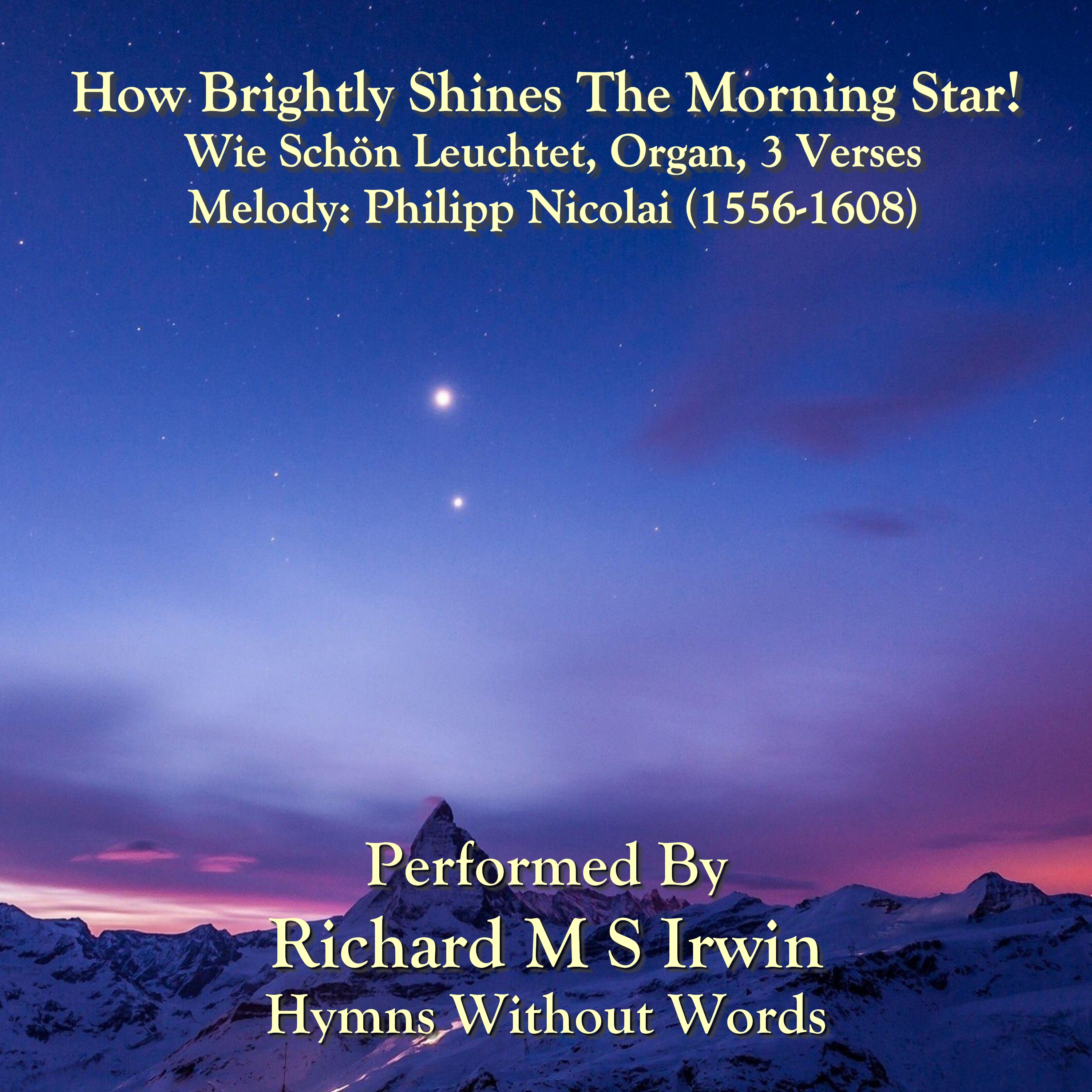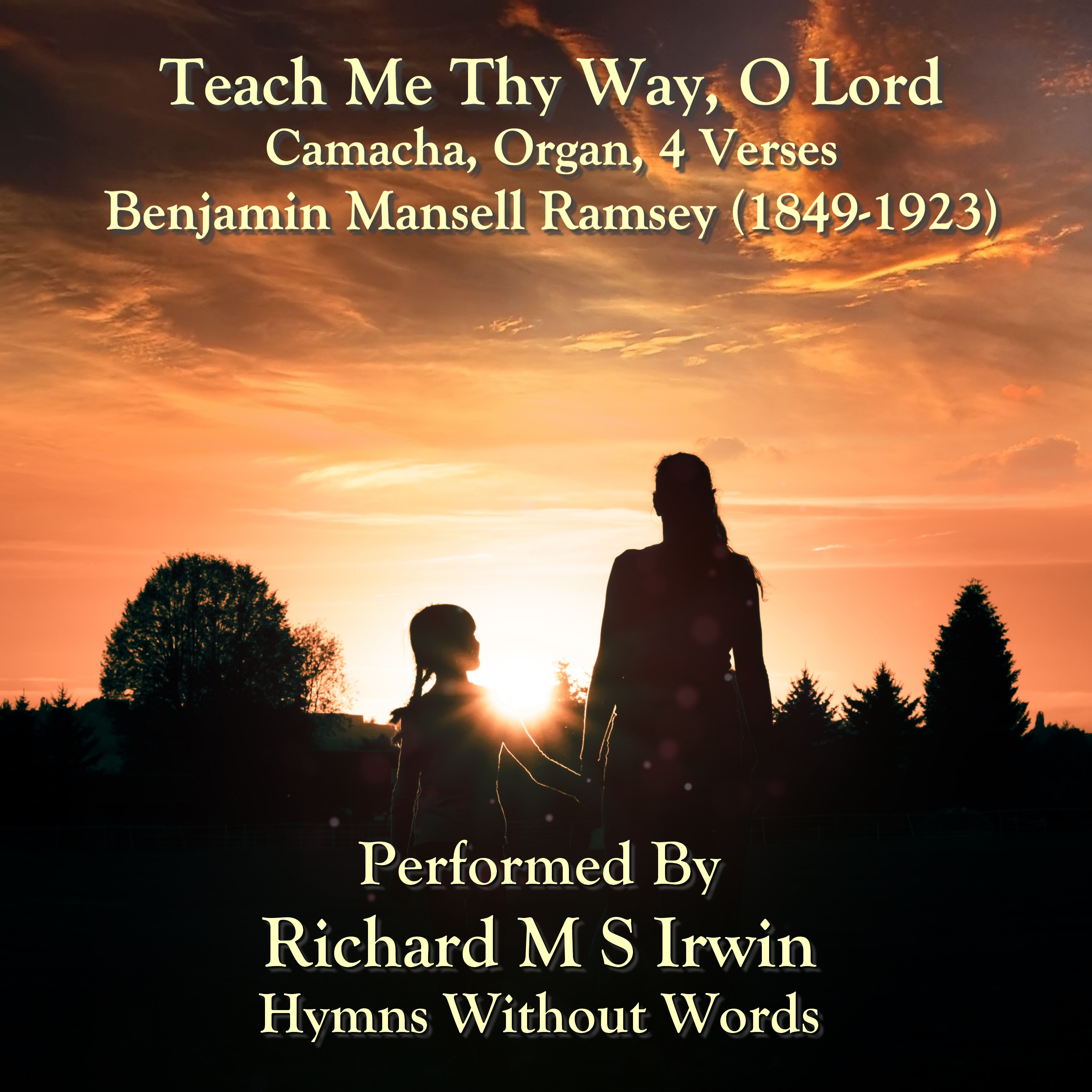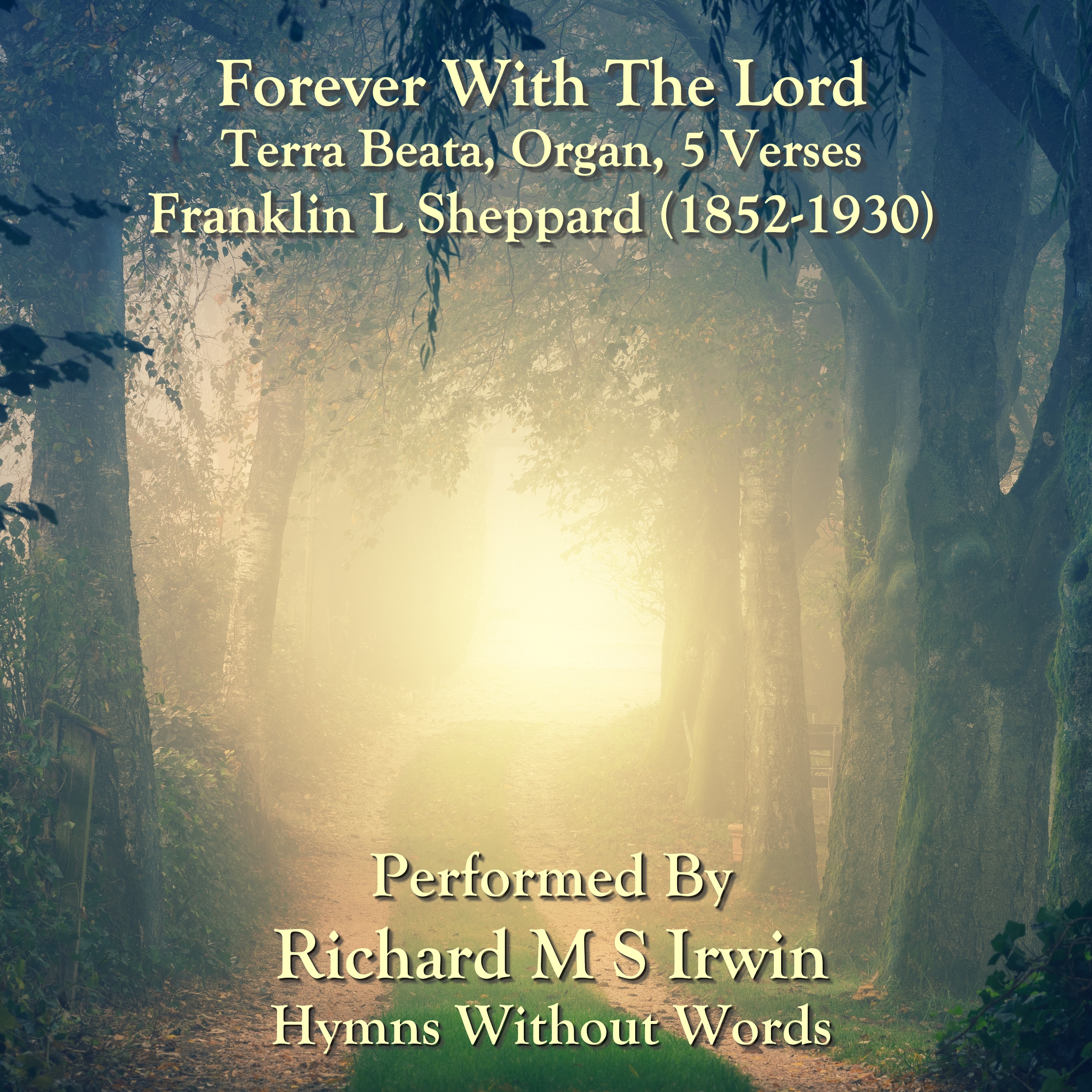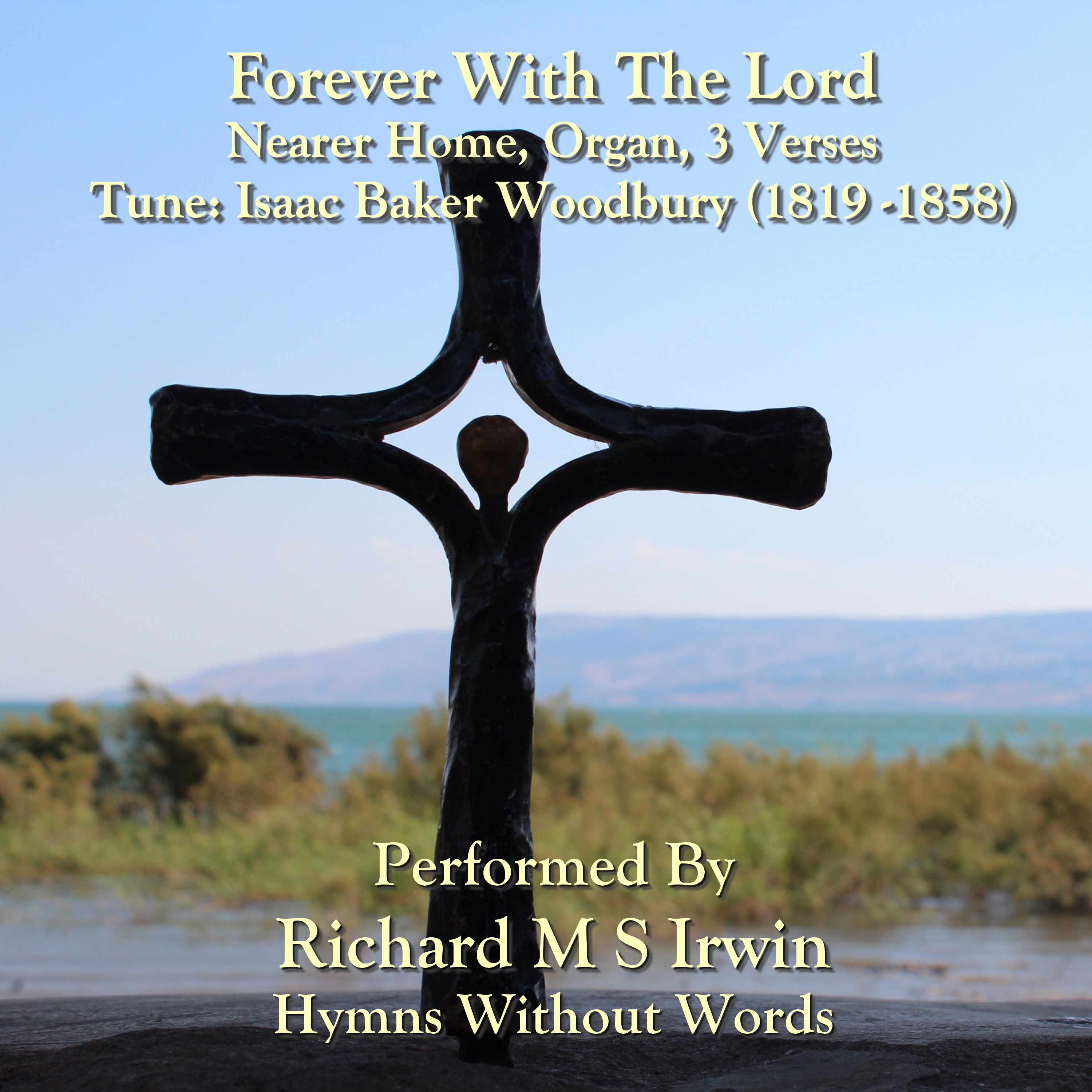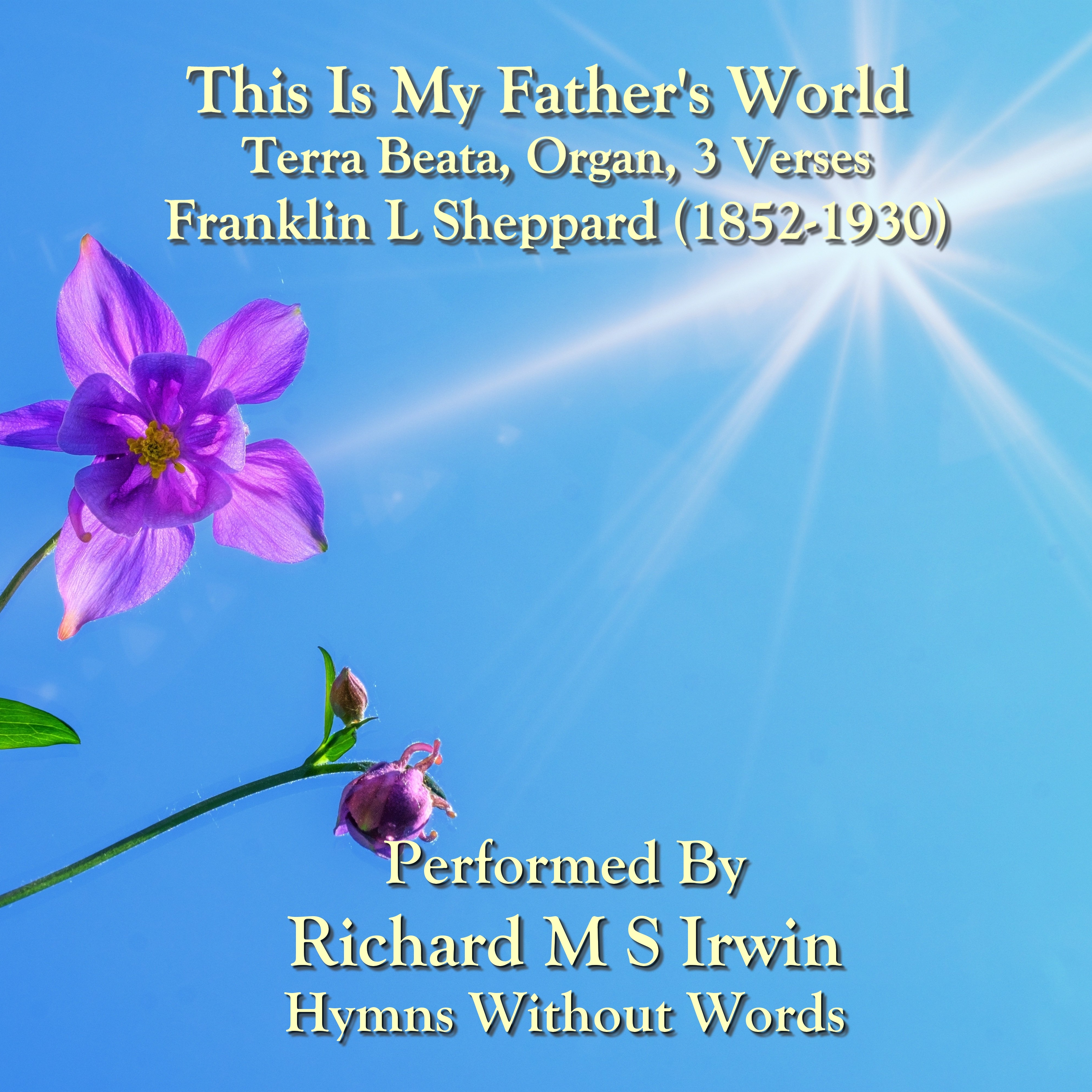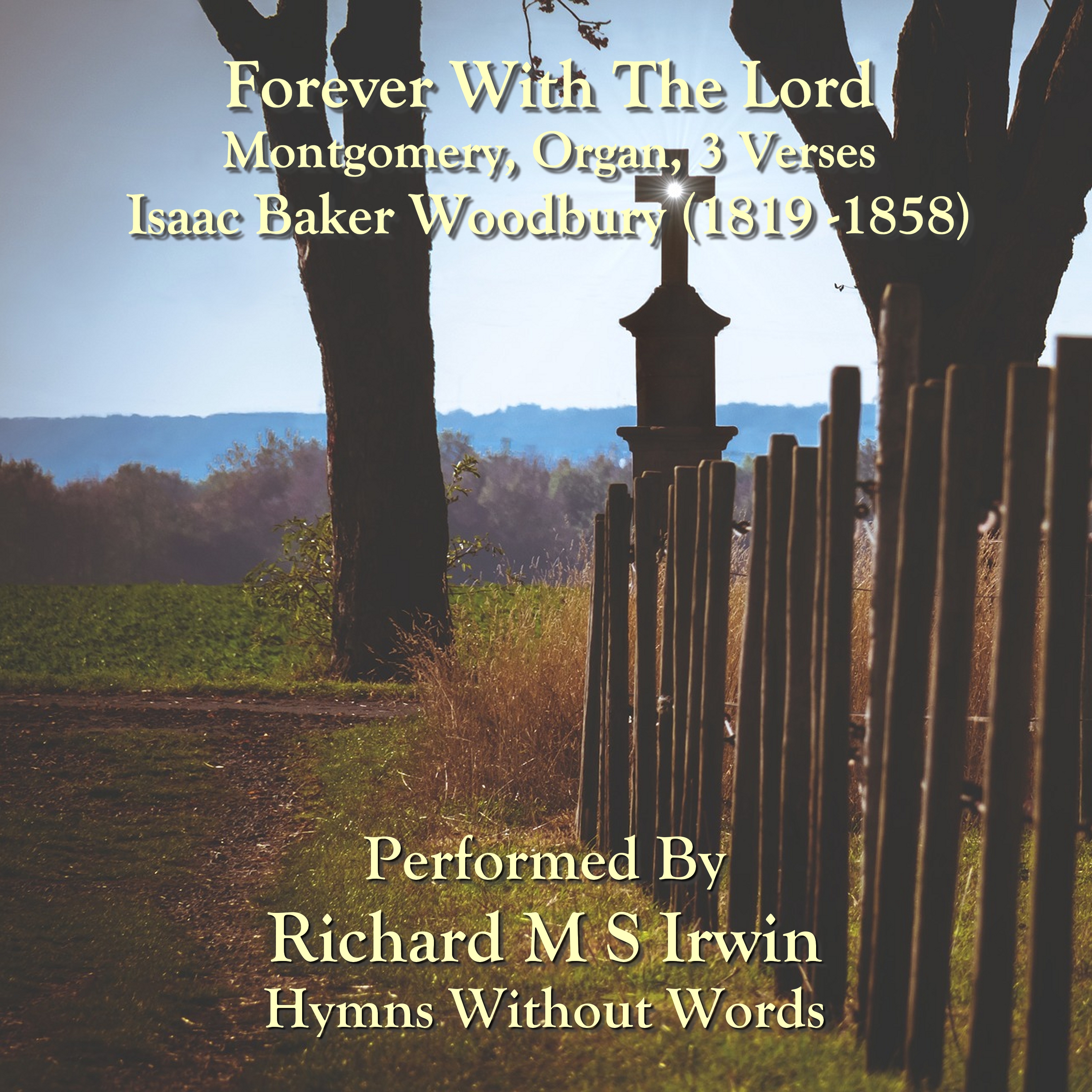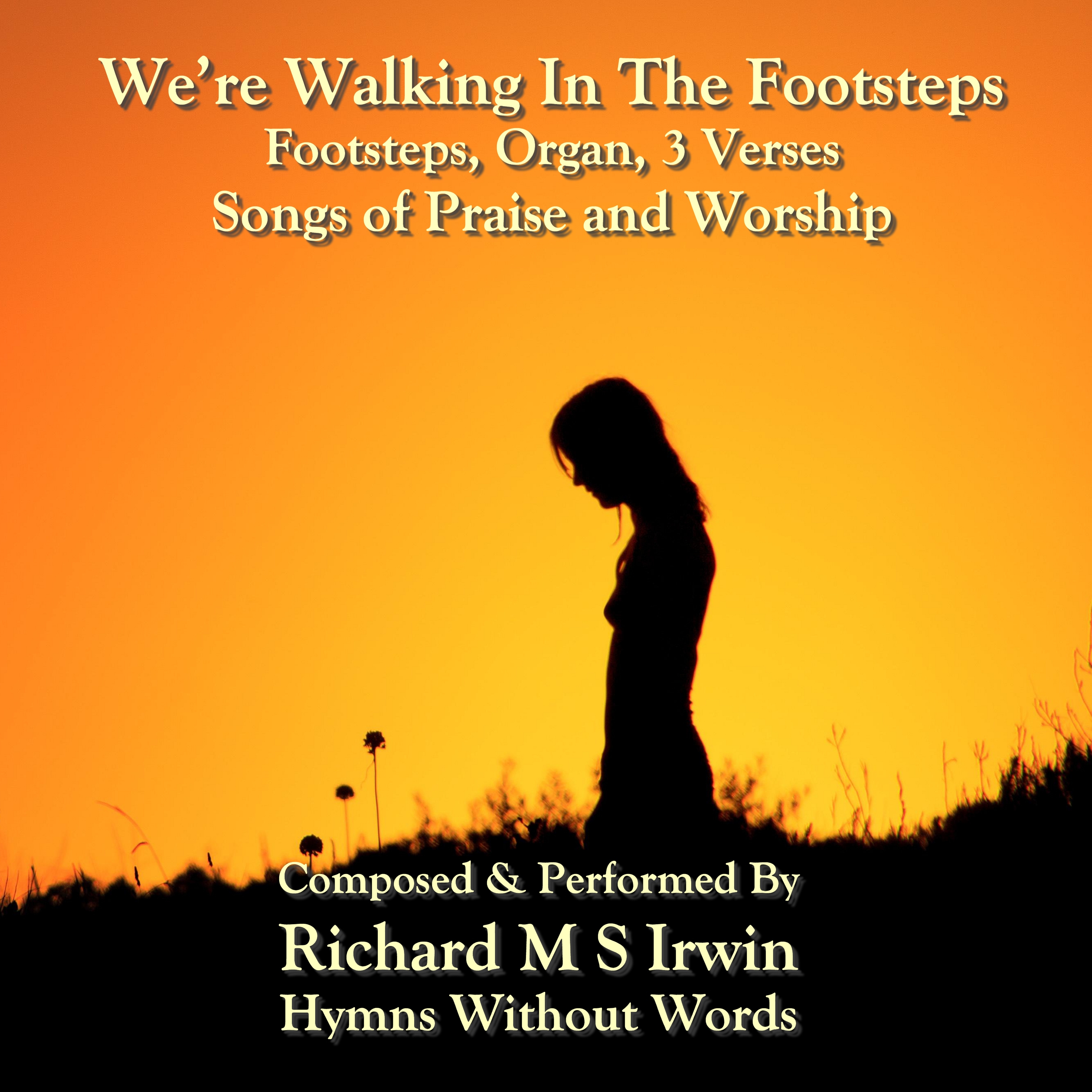Alternative settings of Brightest and Best. Brightest and Best : Recording Tune: Liebster Immanuel, composed by Ahasverus Fritsch (1629-1701), harmonised
More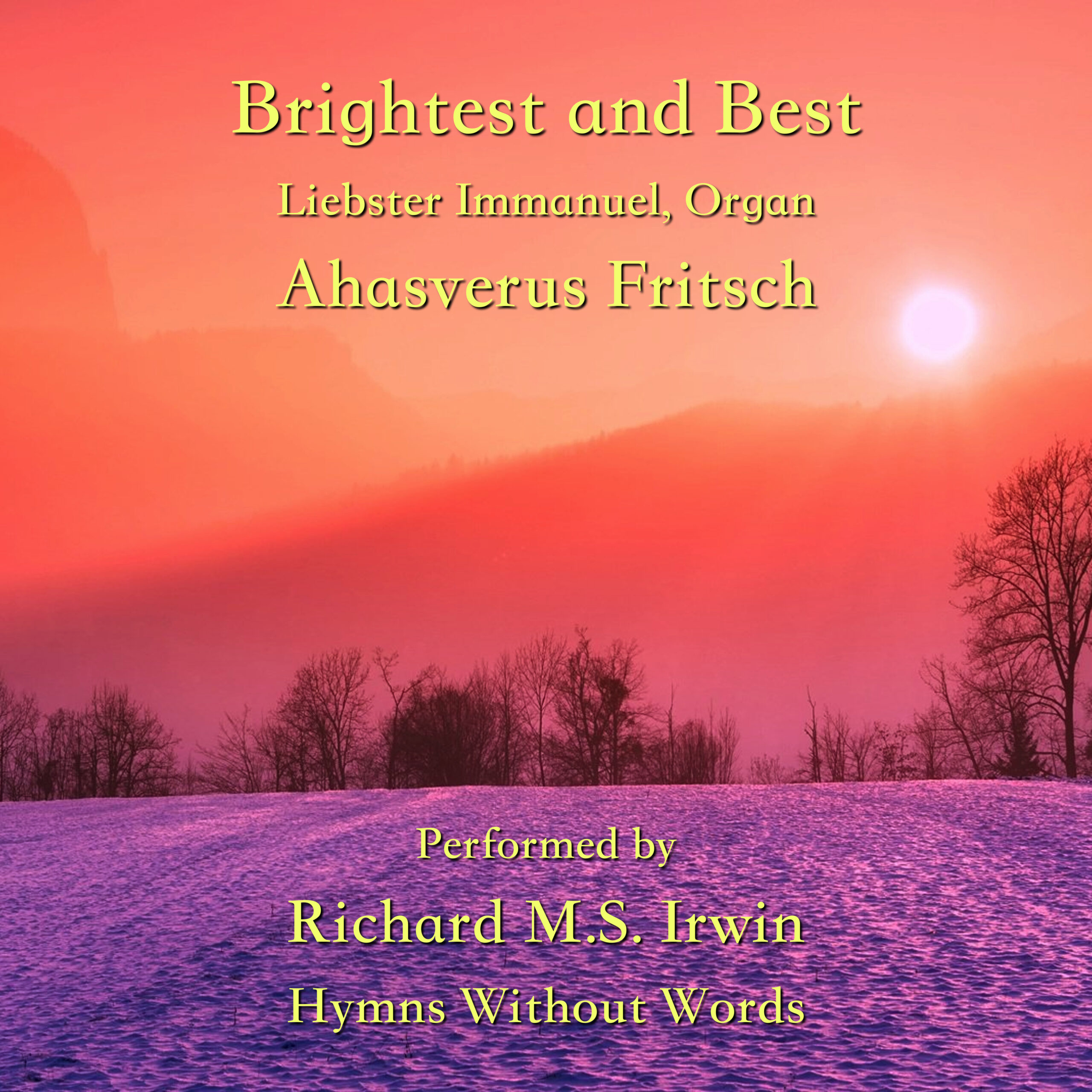
Brightest And Best / 11 10 11 10 / Ahasverus Fritsch (1629-1701) / Carols / Epiphany / Epithany (Tune) / Hymn / Johann Sebastian Bach (1685-1750) / Liebster Immanuel, / Michaelmas Day / Reginald Heber (1783-1826) / stephen / Year A Holy Name Of Jesus Or Naming And Circumcision Of Jesus / Year B Christmas 2 / Year B Holy Name Of Jesus Or Naming And Circumcision Of Jesus / Year C Christmas 1 / Year C Christmas 2 / Year C Holy Name Of Jesus Or Naming And Circumcision Of Jesus
